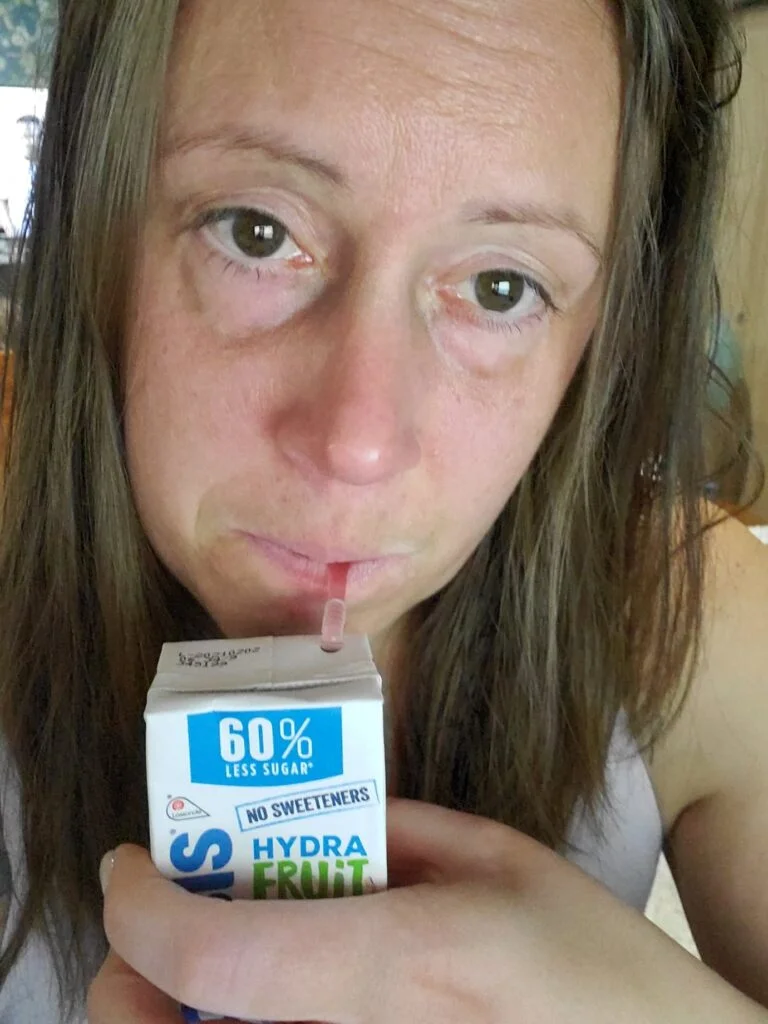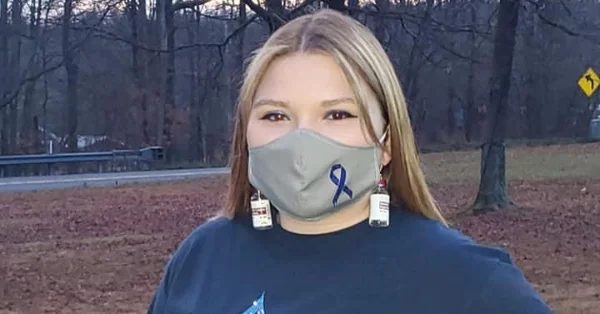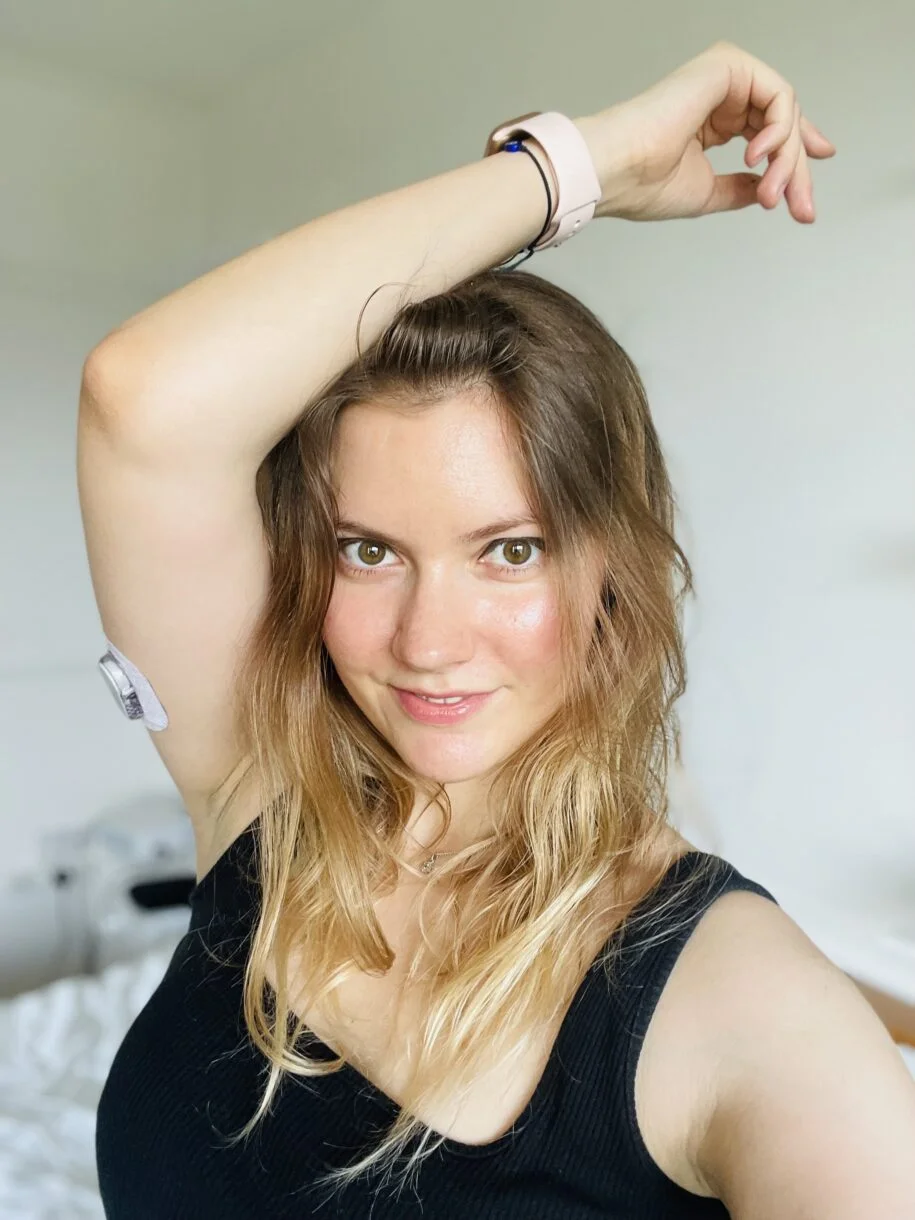Living with any chronic illness presents its challenges – physical, mental, and emotional.
However, there are unique complexities when it comes to managing emotions while living with diabetes. While all the regular “feelings” are present, diabetes often evokes powerful emotions of anger, guilt, and shame.
It is important to note that regardless of perception, emotions are not good or bad. Just like our blood sugar readings (HbA1c and time-in-range), they are pieces of information.
As someone who lives with mental illness and type 1 diabetes, I have found it effective to employ emotional flexibility. What this means is learning to regulate my emotions by feeling them which has allowed me to adapt and be better equipped in difficult situations.
For years, I have advocated for the need to explore our perceived negative emotions. To feel all the feelings, especially the “bad” ones. Unpleasant emotions have an important role to play in our ability to regulate our feelings. They can help us navigate the comings and goings of life. Often they are perceived as negative emotions, because they do not feel good but they are healthy and helpful.
Unpleasant emotions can aid with survival, acting as clues. They can alert us and draw needed attention to our current situations and relationships (especially the one we have with ourselves and/or diabetes). These emotions also shine a light on the “enjoyable” ones, shifting our perspective and even summoning gratitude. Building resilience through emotional exploration will actually help our long-term (lifelong) relationship with diabetes.
My personal experiences with anxiety and depression highlighted my need to adjust the way I approach my emotions, not just for my mental health but also my physical health. We tend to avoid feeling crummy because it does not feel good. But emotional avoidance is bad. Once I started to live through my negative feelings and allowed them to run their course, I was able to move on from them. I found that if I accepted the negative emotions while engaging in something positive, the episodes were shorter. For example, if I have an episode that finds me overwhelmed and unable to peel myself out of bed, I pick up a book. My love for reading is the positive in opposition to my negative emotions.

It has not been easy. Learning to manage my emotions without denying them has been a bumpy road. The key is to curb them before they invade and overrun our emotional space while acknowledging their presence. And acknowledge them we must. There is a difference between allowing yourself to feel upset and burying those negative emotions in positivity. In this instance, I am inspired to share the phrase “you can put lipstick on a pig, but it is still a pig!” Drowning negative emotions with positivity is a superficial fix.
Rampant positivity can also produce unrealistic expectations and leave us ill-prepared when things go awry. This is particularly true when it comes to diabetes. Recently, I experienced a day where diabetes did all the things. And no matter what I did, it presented with the exact opposite of the desired outcome. There were a lot of juice boxes, correction doses, swear words, tears, anger, and frustration.
My husband made a comment along the lines of, “been a long time since you’ve had one of these days,” and it got me thinking…
Am I mad at diabetes or myself? Or was it something else?
So, I explored my emotions a bit more. The frustration I was feeling alerted me that what I was doing was not working, but could also be employed as motivation that could nudge me to make further different changes. Once I accepted the anger and frustration, I was able to get to know them, integrate them, and manage them. All of this highlighted the importance of having a “bad” day. Not only did it serve as a reality check (I was not cured and still had type 1 diabetes), but it forced me to adapt. It tested my skill set (and my patience!) but left me better equipped for the next time. Because there will be a next time.
Another thing this recent bad day highlighted was the guilt often associated with self-management of chronic illnesses like type 1 diabetes.I know days like that happen and I know that I am not at fault. Yet, no matter how much logic and practicality I throw at the situation, I cannot help but feel responsible. Navigating a chronic illness with a self-managed medical regime is really complicated and can feel burdensome. Not just for the patient but also their partner, family, and friends. These additional challenges can make self-care a struggle and can hinder (or heighten) emotions. I know this is especially true for me.
Even though I have an incredibly supportive and understanding group around me, I cannot help but feel things are my fault when diabetes takes over and ruins/changes plans. The guilt I feel when my diabetes hampers our efforts to have a fun day out, is overwhelming as a hypo charges on to the scene. I worry about the impact the event will have on my young son (i.e., abandoning plans, canceling a trip to the movies) and if there will be resentment later. Feelings of imposition and being a burden on family and friends, impacts not only our emotions but theirs as well along with our relationships with them.
The truth is diabetes can surprise us. A hypo- or hyperglycemic incident can arise out of nowhere. It can ruin a day, force a change in plans, and those health events can trigger complex emotions. As well as impact our mental and physical health. Especially if our self-management is diminished.Before exploring my emotions, this was a common side-effect to a bad day: frustration would give way to guilt and guilt would give way to surrender. I personally struggle with high blood sugars. I cannot stand to see those double digits (mmol/L) and micro-dose obsessively at times to stay in range. I feel guilty when that climb happens and at fault for poor bolusing or bad math (carb counting can be a nightmare sometimes).
But that creates a problem. Guilt induced stress can raise blood sugars if one stresses enough which initiates a truly vicious cycle. Before I started insulin pump therapy, I suffered through needle phobia induced anxiety attacks every single time I needed to dose. Often, I skipped dosing (20 minutes of shaking and sweating in the bathroom trying to pre-bolus before a meal was undesirable) and I never corrected (except when pregnant) while on MDI.
While my insulin pump undoubtedly changed my self-management approach, allowing myself and my family to better manage my medical regime and employing emotional exploration shed light on the state of my mental health relating to my diabetes. And that allowed me to use emotional flexibility to navigate difficult days with less detriment to my self-management. One of the difficulties of the modern era is the comparison trap. It is an easy one to fall into and even harder to reason your way out… at least, I know I am culpable.
We are inundated daily with glimpses of other people’s lives and experiences. So much so that the line between theirs and ours becomes blurred. We adopt these snippets, these moments of perfection, and hold onto them so tight that we crumble under their weight. Across the social media sphere we are united by our diabetes diagnosis. It is the common thread responsible for weaving many of us into each other’s tapestries. But when we allow ourselves to only see the big picture, we lose sight of the fact that every single thread is unique and necessary.
Illness related shame often roots itself in public perception. When our news feeds are overrun with perfect diabetes management, our bad days can feel larger than life. We start accusing ourselves of wrongdoing and insist that we are not good enough.
Seeing other people with the same illness succeeding and achieving can make it easy to succumb to those “less than” emotions and trigger feelings of diminished value and shame. And that is why we need to see better representation in our community. We need to see more bodies and more types of people. We need to normalize fluctuations in blood sugars and varied insulin requirements.
We are unique individuals woven together by many different threads; our medical regimes and insulin needs vary as much as our likes and our dislikes. We need to remember that diabetes is but a singular thread of commonality. When things feel overwhelming, we must also keep in mind that we wear many different hats: patient, partner, parent, friend, employee…
How many hats do you wear?
And that can both feel and be a lot. It is normal to feel frustration and anger when you have an off day, when you have done everything you know to do and none of it works, what else are you supposed to feel? Acknowledging our emotions will enable adaptation and better regulation of our feelings in difficult situations.
You do not have to accept your illness. In some instances, acceptance may lead to resignation. The best thing we can do is approach diabetes with recognition and understand the complexities of managing one’s emotions when living with an illness that requires a self-managed medical regime. Type 1 diabetes is a journey. And an ever evolving one at that. Exploring your feelings and learning to be more emotionally flexible will allow you to employ adaptation and survive those difficult days that will inevitably arise.

Rebecca Redmond
Rebecca “Reba” Redmond is a passionate, creative type who brings attention to living with mental illness and Type 1 Diabetes through her writing, speaking, and art. Her desire to end stigma and shift perceived norms finds her advocating on a global stage.













